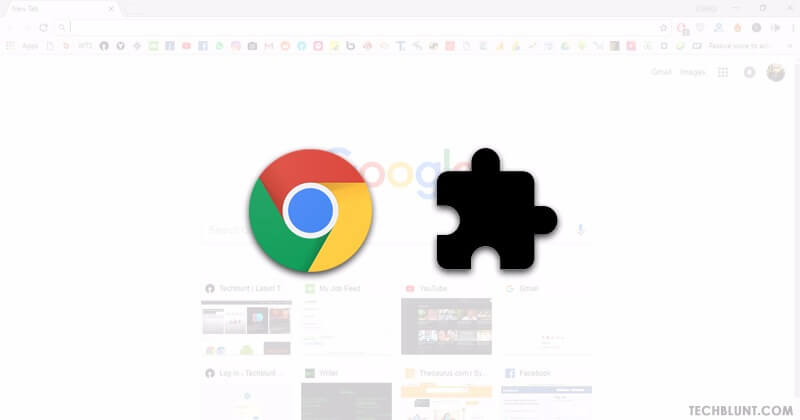

Custom Mode – this is for the advanced users to apply different user agent strings for different domains.You can enter the domain list to apply the custom user agent string while all other domains will use default string. White-List Mode – this is the opposite of Black-List Mode.

This means, the domain names you enter in this box will use the default browser’s user agent string and all other domains will use your custom string from the extension. Black-List Mode – you can enter top-level domain names like to exempt them from using your custom user agent.

If you do not find your device, click “Edit” showing as a last option.Select any of the listed device to change the user agent for that device.Click on the “Dimensions” dropdown showing on the top tool bar of Developer Tools.Select “Inspect” option to open Chrome Developer Tools.Open any webpage in Chrome and right-click on the content area.You can use the first method for simple responsive testing while the second method can be used for really spoofing the server. We will explain two ways to change the user agent string in Chrome. How to Change User Agent in Google Chrome? In most cases, users spoof the user agent string to fake the identity and access blocked content. Test the responses from server when sending the same request as a user and as a bot.In this case, you can spoof the user agent to view the page without really having the required OS / browser version on your computer. Some servers will block users with outdated OS and browser versions.It is impossible to physically have all the devices and the easy way is to change user ager and get the corresponding response to test the results. Developers want to test websites on different browsers, devices and OS versions.In this article, we use this simple tool that shows user agent string, OS, browser name and browser version as shown below. There are lot of online tools available to get the user agent details from this HTTP header. In addition, the browser also sends a separate self-identifier request which contains user agent details in the header. When you open a webpage in Chrome, the browser sends a HTTP request to server for getting the content. User Agent String Exampleīefore proceeding, let us show an example of user agent string when using Chrome with Windows OS. In this article, we will explain how to change user agent in Google Chrome to spoof the server and get different response.

There are many reasons you may want to change user agent in Google Chrome. However, it can also be an automated bot that crawls the web like Googlebot. The web browser like Google Chrome act as a user agent when you open a website. Using the parameters in user agent string, site owners can configure the server and network for providing necessary access. User agent is a string that helps website owners to identify how the site is being accessed.


 0 kommentar(er)
0 kommentar(er)
